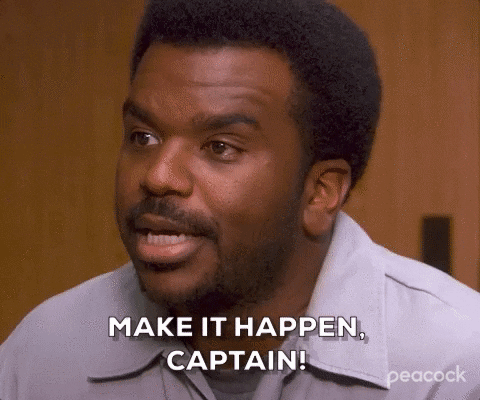How to deal with change in your business
Estimated Reading Time: 2 minutes 47 seconds
It’s not the strongest or most intelligent who will survive, but those who can best manage change. -Charles Darwin
When you are running a business, only one thing is certain. Stuff is going to change.
Your marketing funnel may collapse one day.
Cost of goods(COGS) sold may double.
A new competitor will come in with lower prices.
You may just get flat out fired from a contract you that was solid.
The following frameworks for identifying and dealing with change come from a highly recommended book called Who Moved My Cheese?*
In the book there are 4 individuals in 2 groups. 2 of them are mice, and the other 2 are “littlepeople”. The mice and the littlepeople live in a giant maze. Their greatest ambition is to find and eat cheese.
After their store of cheese is taken away, different characters react in different ways in the story. It’s all about adapting to change.
Change Happens
It’s important to understand that change is going to happen. No matter what. Country singer Thomas Rhett even sang, “you make a plan and you hear God laughing”. Life is going to change.
Anticipate Change
Because you know life is going to change you have to be ready for it. Get ready, because it’s coming whether you like it or not.
Monitor Change
Pay close attention and watch for signs of change. The characters in the book learn to smell the cheese often so that you know it is getting old.
Adapt to Change Quickly
When the time comes to change, do it fast. The longer and tighter you hold on, the more opportunities you will lose out on because you weren’t ready to let go.
Change
Make the change.
Enjoy Change!
Savor the adventure, look for new experiences. Find joy in the journey of change!
Be Ready to Quickly Change Again and Again
The circle never ends. Always be ready to adapt and look for new opportunities. Stay sharp and be on the lookout for chances to grow. Hone your skills and keep your tools ready so that you can adjust when your cheese gets moved.
For the full lesson on dealing with change, read the book here.
Dealing with change when it comes to people.
Most people, especially your employees are going to resist change. Every time you ask a group to do something different than their set process, it’s going to be difficult to get everyone on board.
Just because you might see why a change is necessary, they might not.
1. Communicate change to employees
Communicate with employees the importance of the change and discuss any benefits the change would bring. The purpose is to get buy-in from team members and to address any culture changes that might result.
Work out any logistical issues with employees’ feedback. Help them to feel like the solution is their idea, because it is.
2. Cultivate a plan
Once everyone is prepared to undertake the organizational change, you must create a plan to ensure everything goes smoothly, maximizing the benefits of the transition while minimizing the negative impacts.
3. Implement the change
With everyone prepared and plans in place, follow the framework and steps outlined in the plan, empowering employees to take ownership of their individual responsibilities.
Take 2 seconds to click a link and give feedback on this post.
With your feedback, we can improve the newsletter. Click on a link to vote:



